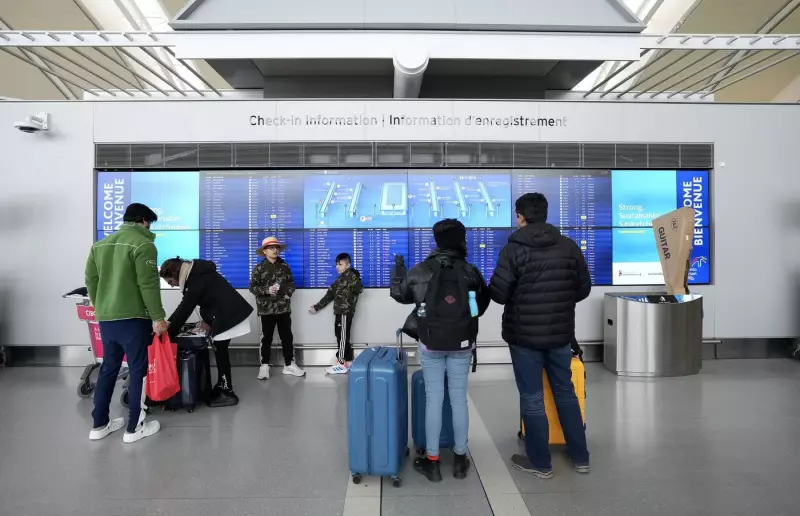
Travelers flying through Toronto's Pearson International Airport faced significant disruptions and lengthy delays this past Saturday, as Nav Canada confirmed that resource constraints within their air traffic control operations impacted flight schedules at Canada's busiest aviation hub.
The non-profit corporation responsible for the country's civil air navigation system acknowledged that staffing limitations directly contributed to the operational challenges that rippled through Pearson's terminals. The situation left countless passengers frustrated as departure and arrival times were pushed back throughout the day.
Behind the Scenes of the Disruption
While passengers experienced the visible effects at gates and on airport displays, the root cause stemmed from Nav Canada's ability to fully staff their air traffic control positions. The organization emphasized that these constraints were temporary but had a measurable impact on their capacity to manage the typical volume of air traffic flowing through the Toronto area.
"We experienced some resource constraints within our air traffic control team that affected our operations on Saturday," a Nav Canada representative stated, addressing the circumstances that led to the widespread delays.
The Ripple Effect on Air Travel
As Canada's primary international gateway, any operational issue at Pearson Airport rarely remains isolated. The air traffic control constraints likely created a domino effect, potentially impacting:
- Departing flights held at gates awaiting clearance
- Incoming aircraft placed in holding patterns
- Connecting passengers missing their ongoing flights
- Increased ground traffic as schedules compressed
The timing proved particularly challenging, with Saturday representing one of the busiest travel days of the week as both business and leisure travelers move through the airport.
Looking Ahead for Canadian Air Travel
This incident highlights the ongoing challenges facing Canada's aviation infrastructure as travel demand continues to rebound. Nav Canada has indicated they're addressing these resource issues, but the situation underscores the delicate balance required to maintain smooth operations at critical transportation hubs.
Travelers are advised to continue monitoring their flight status directly with airlines and allow extra time when passing through major airports, particularly during peak travel periods where operational constraints can have amplified effects.





